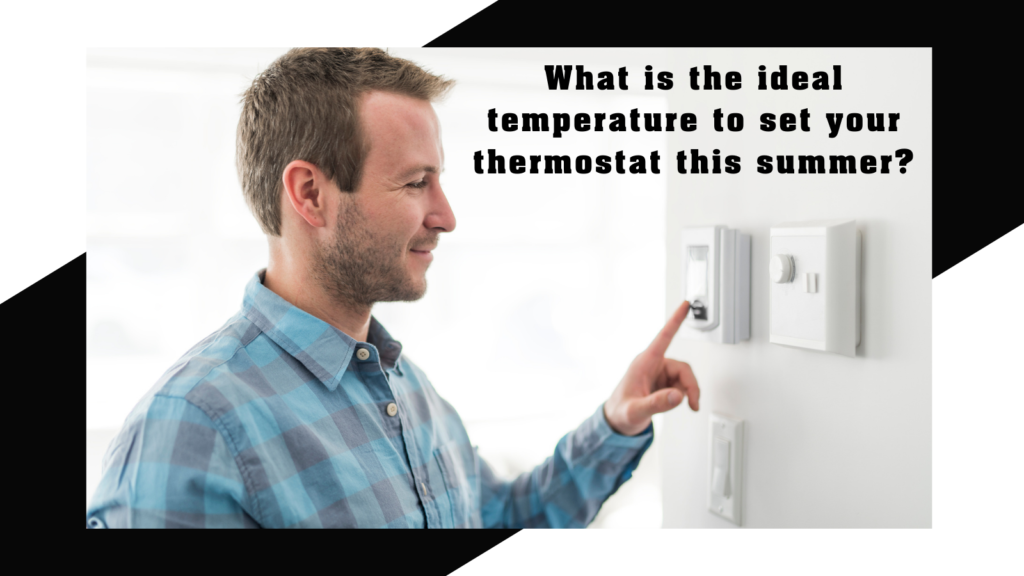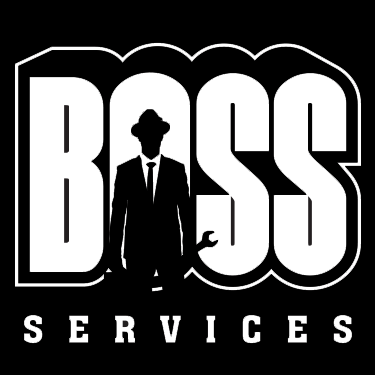We know the “perfect temperature” is subjective, varying from person to person. Anybody who lives with multiple people in their home knows that it’s nearly impossible for everyone to agree on what temperature to set the thermostat. Personally, I’m always cold in my house, and in the summer, I prepare to be bundled up in a sweatshirt and sweatpants at night because my spouse and kids love to set our thermostat to “Polar Vortex.” Okay, that’s not an actual setting, but that’s what it feels like to me!
The point is: Everyone seems to have an opinion on how low the indoor temperature should be in the summer when running the air conditioning. Many people just think 72 degrees because that’s standard room temperature, but our HVAC technicians have seen people set their thermostats as low as 56 degrees in the summer!
So, what is the ideal temperature for your air conditioning to be set at in your home for the summer? What factors should you consider when making this decision? Read below!
Words of Wisdom: Don’t Turn Your Home into a Refrigerator
Thirty-seven degrees is a good cold temperature for your refrigerator. When it’s really hot outside you might want to cool off quickly by setting your thermostat to refrigerator temps, but obviously 37 is actually too cold. Somewhere in the range of 73 to 79 degrees is a good indoor temperature in the summer (according to the American Society of Heating, Refrigerating and Air Conditioning Engineers).
Stick with us for a moment on this tip, but on those humid, 90 degree Southwest Michigan summer days, it’s a good idea to move your thermostat toward the higher end of that range if you can tolerate it. Remember, the hotter it is outside, the more money you’ll spend to cool your home. Each degree lower is costing you extra dollars to keep your home cooler than it is outside (hard to define exactly how much as electricity rates vary greatly). Don’t kill the messenger, but the U.S. Department of Energy recommends setting your thermostat to 78 degrees when you are home in the summer.
Raise The Temperature When You’re Not Home
The Department of Energy also suggests turning your thermostat up 7 to 10 degrees higher when no one is home. They estimate you can save as much as 10 percent on cooling costs by raising the temperature whenever you’re away from home for more than a couple hours. Some people mistakenly believe it’s better to leave the temperature where you want it so that the air conditioning doesn’t have to work so hard when you get home. It really is more energy efficient to raise the temperature when you’re not home and then cool it off when you get home.
Upgrade To A Smart Thermostat
Instead of always trying to remember to turn the thermostat down to 75 when you’re home and up to 83 before you leave, a programmable or smart thermostat is also a smart investment.
We sell a lot of different types of energy-saving thermostats from super high tech to easy-to-use for just about anybody. You can even program your thermostat at home or while away with an app on your phone. For instance, with smart thermostats, you can program it to have the temperature higher when you’re gone all day at work, and then before you leave for the day, you can set it from your phone to start cooling down 30 minutes before you get home so it’s nice and cool by the time you arrive.
For those that like a cooler room to sleep in, you can even program it to make the temperature lower during your typical sleeping hours.
Learn more about these energy-saving thermostats here
Summary
We may not be able to make everyone agree on the perfect temperature setting in your home, but these tips can help keep you and your family comfortable and save money with better AC efficiency this summer. The other option for really hot days to save money cooling your home would be to set your AC to 82-84 for the day, and take a trip to St. Joseph to enjoy some refreshing Lake Michigan beach time. Now that will make everyone happy!
Last but not least, if after following these tips, your energy bills still seem too high, schedule an AC check-up from a qualified HVAC technician so they can assess what the problem might be and find a solution to help with your overall efficiency.





